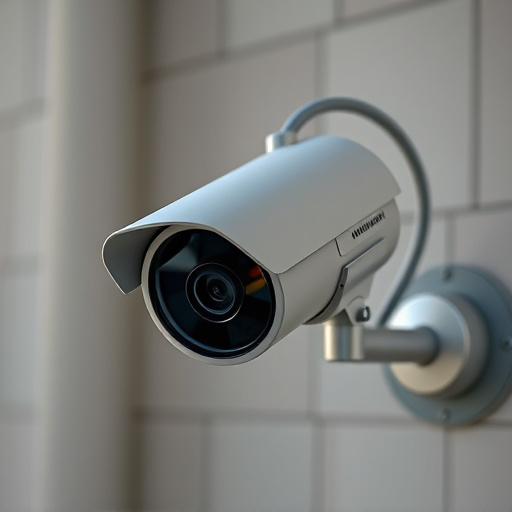Fake CCTV cameras with motion detection are popular for enhancing security due to their psychological impact and cost savings. Realistic replicas, complete with simulated wiring, act as powerful deterrents against crime. Strategically placing them in unexpected areas and maintaining authenticity offers peace of mind without extensive infrastructure costs. Best practices include proper calibration, regular maintenance, and high-quality replicas for optimal results.
“Discover the world of deception with fake security cameras, a clever solution for deterring criminals without breaking the bank. In today’s digital age, these mimicry devices are gaining popularity as an effective and affordable security measure. This article explores why fake CCTV cameras with motion detection are becoming a game-changer in home and business security. From understanding their unique appeal to navigating design intricacies and best practices, we’ll guide you through everything you need to know about these clever contraptions.”
- Understanding Fake Security Cameras' Appeal
- Design and Features of Simulated Wiring
- Best Practices for Effective Deception
Understanding Fake Security Cameras' Appeal
Fake security cameras, particularly those mimicking real CCTV cameras with simulated wiring, have gained popularity for several compelling reasons. One of the primary appeals lies in their ability to deter potential criminals through a powerful psychological effect. By strategically placing these realistic replicas, homeowners and business owners can create an illusion of enhanced security, making actual criminals think twice before attempting any malicious activities.
Additionally, fake CCTV cameras with motion detection offer an affordable alternative to traditional surveillance systems. They provide the same visual deterrent without the substantial cost associated with installing and maintaining complex security infrastructures. This accessibility makes them an attractive option for those seeking cost-effective ways to safeguard their properties, especially in areas where full-scale security measures might not be feasible or budget-friendly.
Design and Features of Simulated Wiring
The design of simulated wiring for fake security cameras is a clever and intricate process that aims to mimic the look and feel of genuine camera connections. These replicas often feature detailed components, such as flexible cables, connectors, and mounting hardware, all carefully crafted to resemble real CCTV systems. The attention to detail is remarkable, ensuring that even seasoned professionals might be fooled at first glance. This level of realism is particularly appealing for those looking to enhance their home or business security without the cost of installing actual cameras.
Key features include a flexible, yet sturdy, cable design that allows for easy positioning of the camera and provides a natural look when hidden among genuine wiring. Connectors are crafted to fit seamlessly with existing systems, further enhancing the illusion. Additionally, these simulated wires often come with adhesive backing or mounting kits, making installation simple and discreet. When combined with high-quality fake cameras that trigger motion sensors, they offer an effective—and cost-efficient—way to deter potential intruders, providing peace of mind without breaking the bank.
Best Practices for Effective Deception
To maximize the effectiveness of fake security camera setups, particularly those with simulated wiring and motion detection, a few best practices should be followed. First, placement is key; strategically position the fakes in areas that are visible but unexpected, such as inside cabinets or behind furniture, to create an air of uncertainty. This deception can deter potential intruders who might otherwise spot genuine cameras.
Additionally, ensure the fake cameras and their simulated wiring look authentic. High-quality replicas with realistic features like lenses and cables can significantly enhance the overall illusion. Motion sensors should also be properly calibrated to avoid false triggers from innocent movements, adding a layer of realism that reinforces the deception. Regular maintenance and testing are equally important to keep the setup convincing over time.
Fake security cameras, specifically those mimicking real CCTV with simulated wiring, offer a creative approach to deterring potential criminals. By understanding their appeal and implementing best practices, such as strategically placing them in visible areas with clear evidence of wiring, property owners can create an effective deception strategy. These realistic mimics are not just ornamental; they serve as a powerful visual reminder that your property is under surveillance, potentially discouraging unethical behavior and enhancing overall security.
